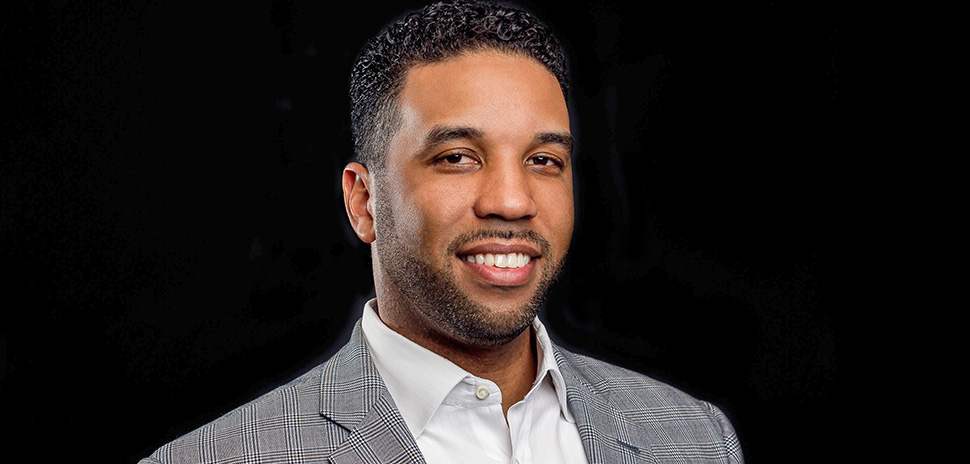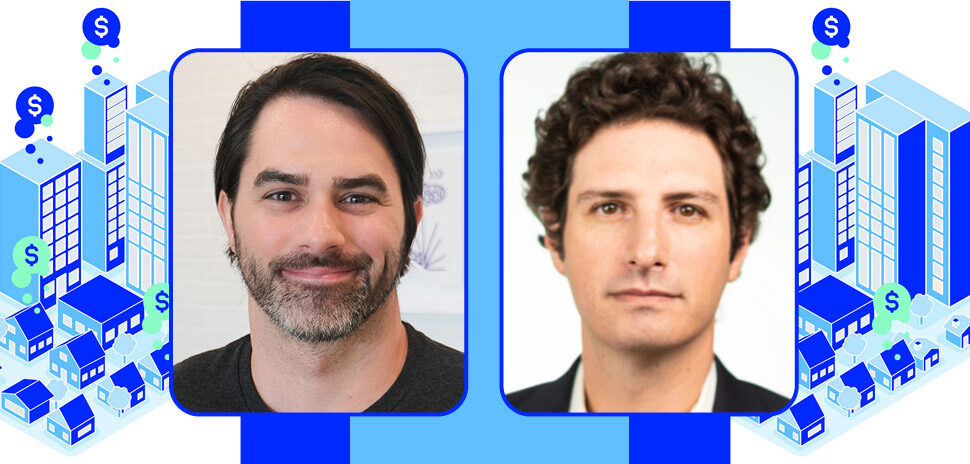On the surface, COVID appears to be driving more suburban development of workplaces as companies aim for more socially distanced spaces. But urban environments still hold appeal if they focus on providing excellent features for tenants. Whether urban or suburban, one area, in particular, helps developments stand out: providing unique outdoor spaces, says Derrick Evers.
Evers, managing partner and CEO at Kaizen Development Partners, is among the commercial real estate experts in our feature “21 On 2021.” He shares his outlook on what’s next in a Q&A.
 What key trends do you believe will impact development in 2021?
What key trends do you believe will impact development in 2021?
We believe there will be many similarities in the desires between urban and suburban that will be somewhat consistent. What we’re seeing routinely is the higher sensitivity to safety for the workforce and a greater emphasis on the technological backbone.
What shift of urban/suburban focus might we see in DFW?
Seemingly the shift between the two will depend on the profile of the organizations considering either solution. We’ve seen large corporate organizations that typically would never consider the suburbs, and we’ve seen other organizations we thought were suburban want to go urban. It’s turning into the “Wild West,” and it’s anybody’s guess on where they may land. It creates a very compelling reason as to why, more than ever, you should understand your clients’ needs authentically and craft a solution to accommodate accordingly.
How is COVID-19 driving property development changes in DFW?
We’re seeing greater value being placed on creating unique outdoor spaces for social as well as alternate work environments. Clearly, suburban locations lend a greater ability to achieve that objective than urban locations, but therein lies the unique opportunities, in our view. Urban doesn’t have to be in opposition to the concept of open and inviting. We’re also investing in our HVAC systems for greater air quality and in technology for greater connectivity for our tenants.
What types of developments will be the most attractive to tenants?
We are firm believers that “perspective drives performance.” We recognize every organization holds a different view on the world and will value them uniquely. Some will place a higher emphasis on location, while others emphasize rent rate and amenities. In our view, the common thread will be a flight to quality.
Where do you see the best opportunities ahead in CRE?
Optionality: That’s our word for 2020 and beyond. We think the winners in uncertain times are those that can adapt the quickest. True to the meaning of Kaizen, “continuous improvement” allows us to stay innovative, aggressive, and consistent.
The interview has been edited for brevity and clarity. A version of this story first published in the Fall 2020 edition of the Dallas-Fort Worth Real Estate Review.
Sandra Engelland contributed to this report.
Read the digital edition of Dallas Innovates’ sister publication, the Real Estate Review, on Issuu.
Sign up for the digital alert here.
![]()
Get on the list.
Dallas Innovates, every day.
Sign up to keep your eye on what’s new and next in Dallas-Fort Worth, every day.

































































